To find information about the Types of Ports on the Computer and Their Functions ? see the explanation below.
A computer is a series of systems with several components, often called computer hardware. The computer hardware has various functions, ranging from processing information, storing data to displaying displays.
Some of the hardware has specific ports to maximize the functionality of these devices. When explained, the port is often referred to as a plug. This plug or port can connect the computer to external hardware and other utilities to work correctly.
The primary function of the port itself is to connect the computer with the external components of the computer. Usually, the devices can be associated with a laptop by using a cable. Examples of port usage include USB ports, Keyboard ports, HDMI, and others.
The following are the types of ports and their uses
Well, for readers who need to learn about all the types of ports on a computer or laptop, we will review them as briefly as possible today.
1. USB port
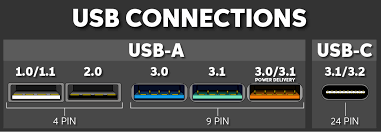
This port is standard in use today. USB itself is short for Universal Serial Bus. As the name implies, this port can be used for various purposes.
The USB port has had a significant impact on the development of computers because it has succeeded in reducing the number of ports that existed before. Or, in other words, replacing the functions of many classic ports.
In addition, the USB port supports the plug-and-play feature without rebooting the computer, so it is convenient.
Another advantage of this type of USB port is that it has been equipped with a dual daisy-chain architecture to support the use of HUB. This HUB can accommodate many USB devices. The maximum number of USB hub levels is five levels. Meanwhile, the maximum number of USB devices connected to a USB controller can be up to 127.
This type of USB port has been used for various purposes, such as connection:
- Storage device,
- Mouse,
- Keyboard,
- Transfer data between devices
- Flashdisk,
- Printer,
- External memory.
- Because this port is universal, you can also find it on other devices such as gadget chargers, media players, televisions, cellphones, cameras, and a car’s head unit.
Each USB has a speed that is written in a type. Currently, the last type, the fastest, is USB 3.2 Gen 2. This type has the advantage over the previous type (USB 2.0) by 6-10 times faster with transfer speeds of up to 10-20 Gbps.
2. VGA Port

As the name implies, the VGA (Video Graphic Array) port is a socket that transmits graphic data from a computer to the display or output. Until now, the VGA port is still widely used in monitor displays, televisions, and projectors.
In computer work, the VGA port connects the monitor to the motherboard and makes the monitor display all CPU processes. VGA also regulates the appearance of image quality.
The connector is a DE 15 connector with 15 pins. The VGA port has two plug locations. It was first integrated with the motherboard (if it contains video RAM) and then on an external video memory card.
This port type may one day be replaced by Displayport and HDMI, although it is still quite popular.
3. HDMI Port
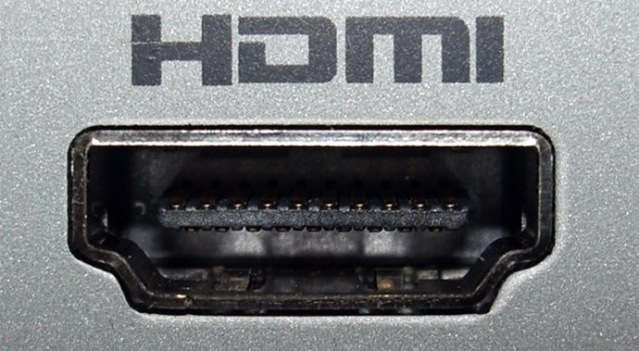
HDMI stands for High definition Multimedia interface. This port is more multifunctional and is an extension of the VGA port.
If previously VGA could only transmit data in images or videos, HDMI was more advanced because it could also share audio data. In addition, the data generated is also of HD quality.
The HDMI port is used in HD monitors and HD projectors.
HDMI, which is widely used, is version 2.1. HDMI 2.1 supports 24-bit audio uncompressed up to 192 kHz with a maximum resolution of 4092 x 2160 or 4K / Ultra HD. Meanwhile, the latest HDMI version is 2.0b, passed in December 2016. This technology is intended for TV output with 4K resolution.
4. Display Port
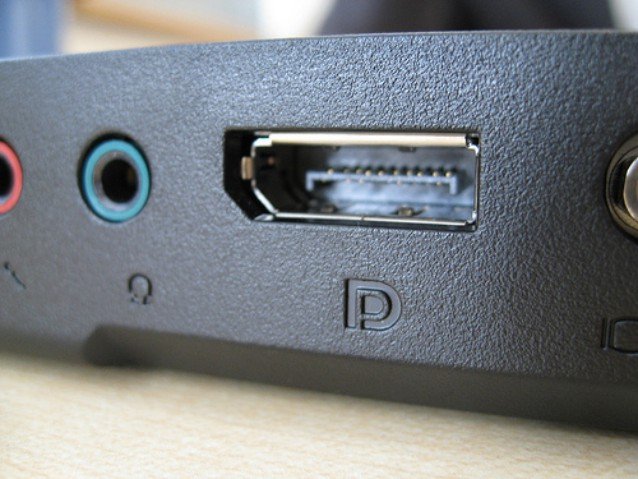
Displayport is specially made for consumer PCs, replacing the VGA connector that has been considered obsolete. This port was first developed by the Electronic Standards Association (VESA) in 2008.
This port type is applied to the latest PCs for designers and programmers who need high-quality visuals and displays on multiple monitors.
Displayport itself has many versions. The latest version is 1.4, which can display a super large resolution of 7680 x 4320. This figure equals 8K with a data transfer speed of 4.6 GB / s.
5. DVI Port
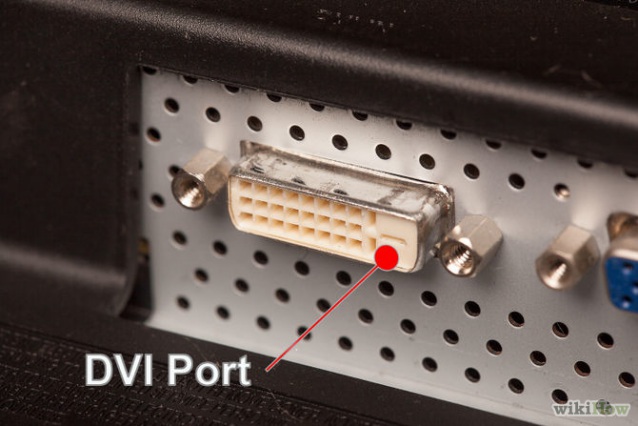
DVI port or Digital Visual Interface is also an old or classic port that appeared in 1999.
This DVI port is designed to send digital signals without compression. There are three types of DVI:
- DVI-D to send digital only (video),
- DVI-A for audio only,
- DVI-I for both.
Even though it has been displaced by the presence of HDMI, just like the fate of the VGA port, this type of port is still used to display large-resolution video on older electronic devices.
also read: Computer Networking Basic: Definition, Topology, and Types
6. PS/2 Port
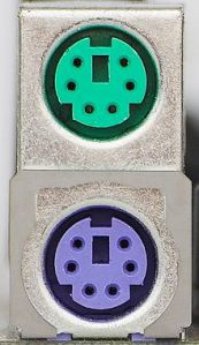
Another classic port type is the PS / 2 port (serial port type 2). It is considered definitive because this port is again rarely found because of the dominance of the USB port.
Previously, the PS / 2 port connected a computer with a keyboard and mouse. The characteristics of this port are round, two in number, six pins, and placed close together.
7. Thunderbolt Port
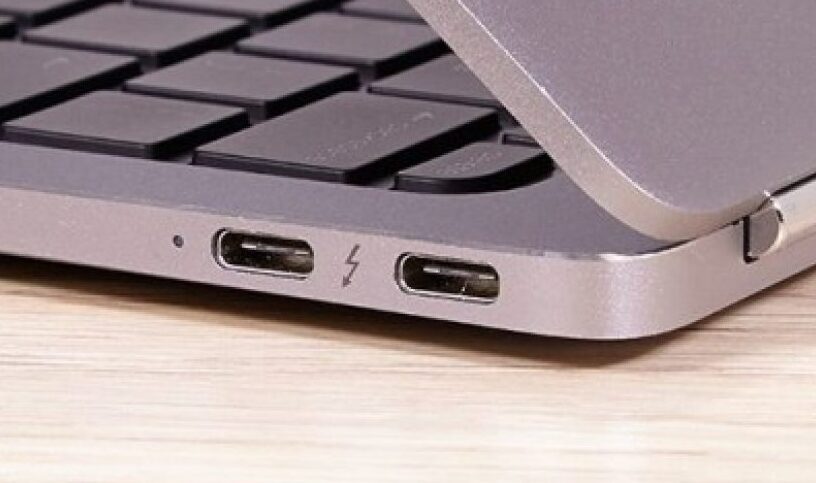
Thunderbolt is an I / O technology, aka Input Output, that supports super-fast transfer speeds but is designed in a relatively compact size and dimensions. In short, this Thunderbolt is one of the newest I / O products today. This technology is very keen to be used by Apple.
Thunderbolt is a technology that combines data transfer between DisplayPort and PCI Express. This technology lets you connect to various peripherals in a reasonably compact port, such as high-resolution screens and other high-speed peripherals. Thunderbolt 3 has a similar interface to USB Type C.
8. LAN Port / Gigabit Ethernet Port
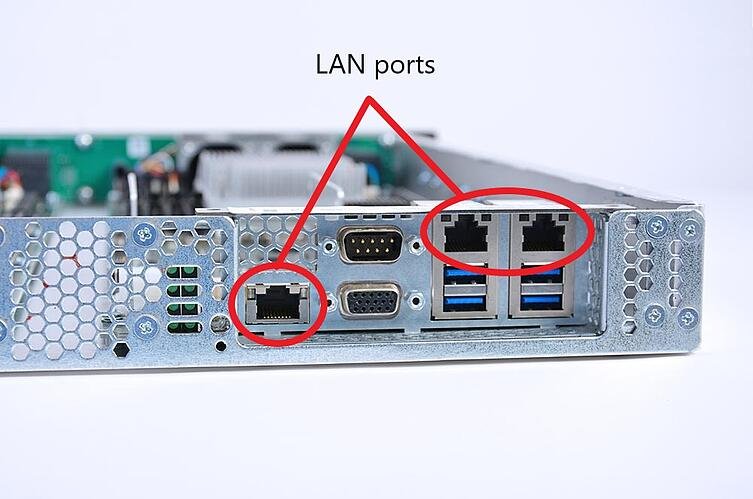
Ethernet or LAN Card exclusively owns this port. LAN port is a plug used to connect several separate computers / PCs in one room.
LANs have inspired the emergence of a cable-based internet technology called Ethernet. LANs in the broader area are called MAN (metropolitan area networks).
The LAN port can also be used for CPUs with computer networks using an RJ 45 connector.
9. Serial Port
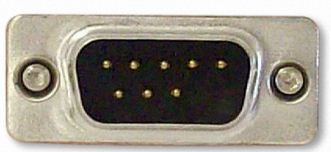
The serial port is the type of port that was used most often because it has now been replaced by the standard USB 3.0 and Firewire ports. This is because developers consider the USB port more universal and faster.
This port connects equipment that only transfers a little data because it works in series, such as COM 1 and COM 2.
Examples of components connected by this type of serial port are:
- keyboard,
- joystick,
- mouse,
- external modem,
- PLC (programmable logic controller)
- Connection between components on the mainboard.
The type of connector used is RS – 232C, with a pin count range of 9 to 25. The serial port can only receive or read data one by one per bit. The channel used is a single cable.
10. Parallel Port
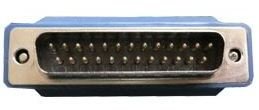
The parallel port is a port type used for connectivity purposes requiring speed. This port is also called a Printer Port or Centronics Port.
The parallel port works with 8 bits per time and comprises 25 pins. Such speeds make this port type suitable for short and fast transmission of data/information. The parallel way of working also supports this.
The media used is a set of cables.
This port is used for motherboard communication with external devices that are parallel, for example:
- Old type printer,
- Zip drive,
- Multiple Scanners,
- Sound Cards,
- Web Cams,
- Gamepads,
- Joystick,
- EPROM programming,
- SCSI equipment via parallel to SCSI adapters,
- Experiment with TTL 12 driver,
- and External CD-R or CD-RW.
The use of this port is also rare because it is inferior to the practicality of the USB port.
So, the discussion about the types of ports on computers equipped with port use, complete port functions, with the definition of ports.
You may have yet to see some ports because they have been replaced by the latest efficient ports and some that you use every day.
